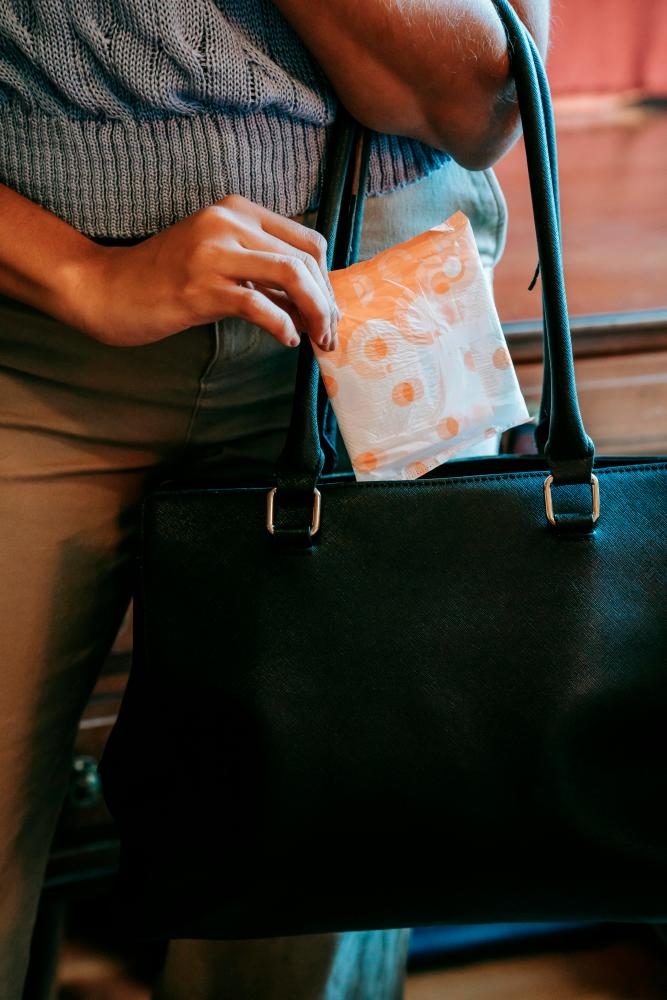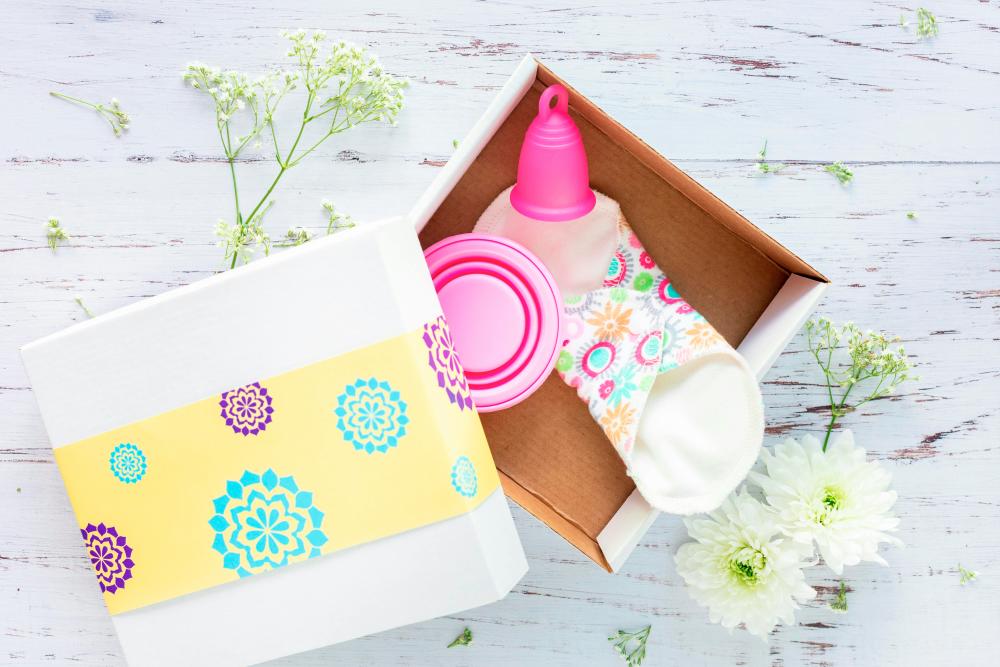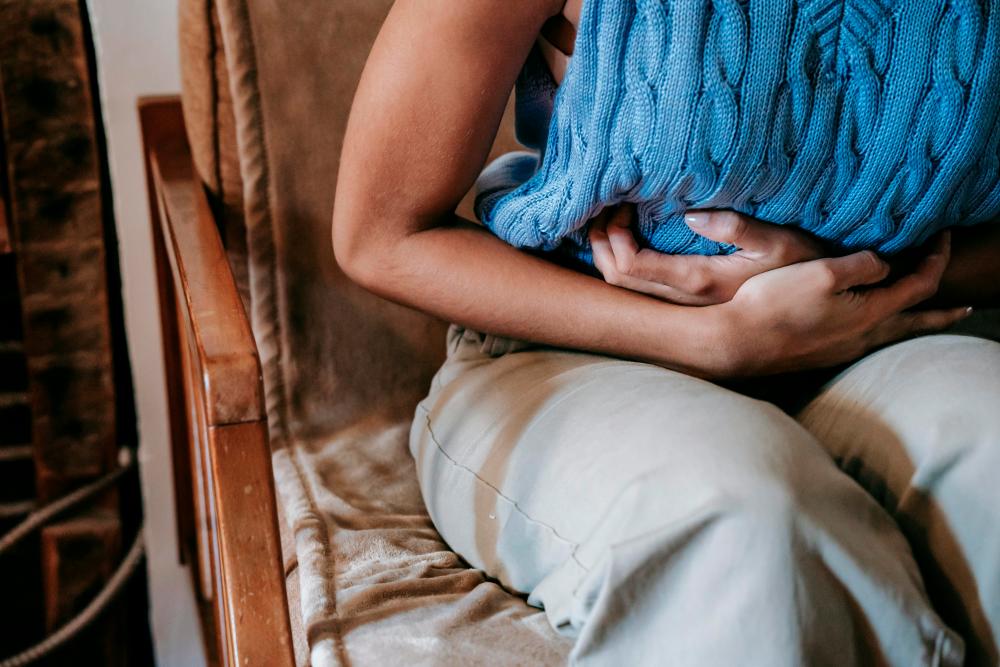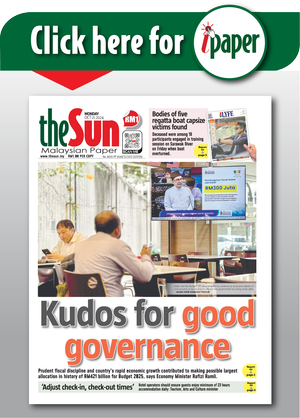FOR centuries, menstruation has been shrouded in stigma, often considered a taboo topic in many cultures. Women and young girls are taught to conceal their periods, whisper about their cycles and sometimes even feel ashamed of this completely natural biological process. But menstruation is not something to hide because it is an important part of life and an essential function that allows humanity to continue. Normalising open conversations about periods is crucial in ensuring women feel empowered rather than embarrassed about their bodies.
Beyond breaking the stigma, awareness about menstrual health and hygiene is equally important. Many women still lack access to the right information and products that suit their needs, leading to discomfort and even health risks. Fortunately, a variety of menstrual products are now available, each with its own benefits and drawbacks. Understanding these options helps women make informed choices based on comfort, sustainability and affordability.

Exploring menstrual products
Pads
Pads, also known as sanitary napkins, are one of the most commonly used menstrual products. They are worn inside the underwear and have an absorbent layer that soaks up menstrual flow. Available in different thicknesses and lengths, pads provide reliable protection, especially for those who prefer external products. Some are disposable, while others are made from cloth and can be washed and reused.
Pros: Pads are easy to use, making them an ideal option for beginners. They do not require internal insertion, reducing the risk of infections such as Toxic Shock Syndrome (TSS). Additionally, they are widely available in supermarkets and pharmacies.
Cons: Disposable pads contribute to environmental waste and can feel bulky or uncomfortable during long wear. Some women may also experience skin irritation due to the synthetic materials or adhesives in the pad.
Tampons
Tampons are small, cylindrical products made of absorbent material that are inserted into the vagina to absorb menstrual fluid directly. They come in different absorbency levels and may have an applicator for easier insertion. Many women prefer tampons for their discreet nature and ability to provide freedom of movement.
Pros: Tampons allow for greater mobility, making them ideal for sports and swimming. They are compact and easy to carry around. Unlike pads, they do not shift around or cause discomfort due to friction.
Cons: Incorrect insertion can cause discomfort and there is a risk of TSS if a tampon is left in for too long. Additionally, some women may find them intimidating to use, especially for the first time.

Menstrual cups
Menstrual cups are flexible, reusable cups made of silicone or rubber that are inserted into the vagina to collect menstrual blood. They create a seal against the vaginal walls and can hold fluid for up to 12 hours before needing to be emptied.
Pros: Menstrual cups are highly sustainable, as they can last for years with proper care. They are also
cost-effective in the long run since they eliminate the need for monthly purchases. Since they collect rather than absorb fluid, they reduce the risk of dryness and irritation.
Cons: Learning how to insert and remove the cup can be challenging, and it may take some trial and error. Some women may also find it difficult to clean while using public restrooms.
Washable/reusable period panties
Period panties are specially designed underwear with built-in absorbent layers to catch menstrual flow. They can be worn on their own or as backup protection with other products. After use, they are washed and reused, making them an
eco-friendly choice.
Pros: Period panties provide
leak-proof protection without the need for additional products. They are comfortable and sustainable, reducing reliance on disposables.
Cons: The initial cost can be high, as they require investment in multiple pairs. Additionally, they need proper washing and drying to maintain their effectiveness.

Menstrual discs
Menstrual discs are thin, flexible discs that are inserted into the vaginal fornix (near the cervix) to collect menstrual fluid. Unlike cups, they do not rely on suction, which some women find more comfortable.
Pros: Menstrual discs can be worn for up to 12 hours and are excellent for those who experience discomfort with cups. Some users also find discs reduce cramps.
Cons: Insertion and removal can be messy, and they require some practice to position correctly. Disposable options generate waste, while reusable ones need proper sterilisation.
Choosing what works for you
There is no single best menstrual product because each woman has different needs and preferences. The most important thing is to choose a product that makes you feel comfortable and confident during your period. By having open discussions about menstruation and embracing the variety of products available, we can break the stigma and ensure every woman has access to the options that work best for her.









